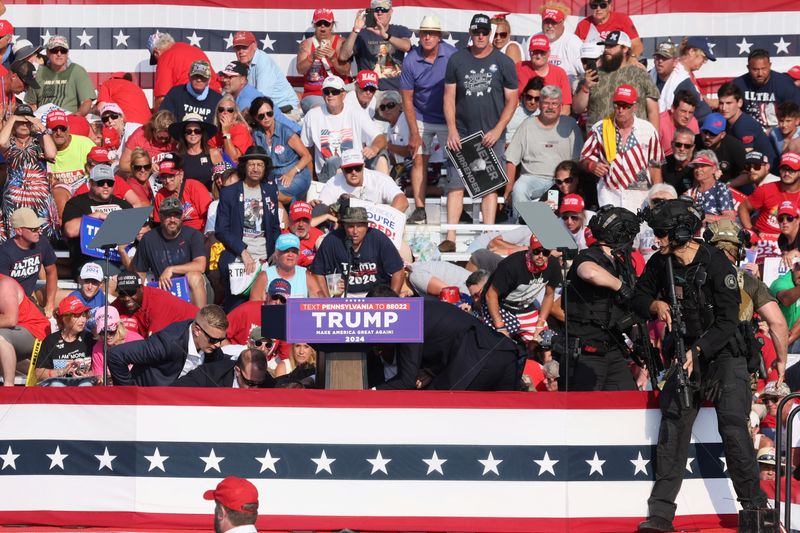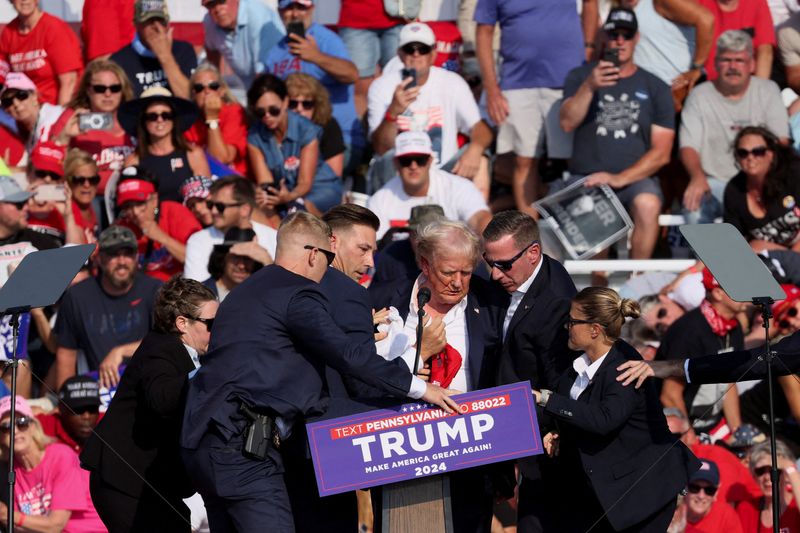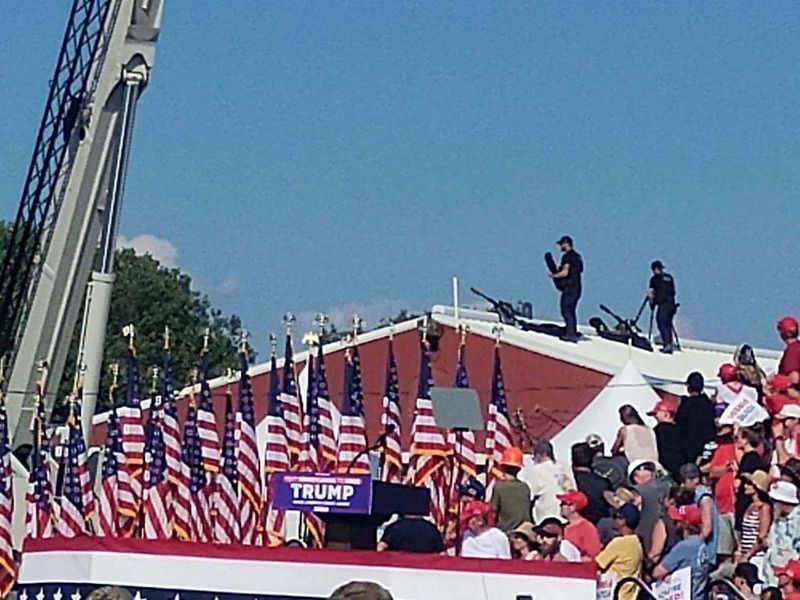Follow us on LinkedIn
Investors can use both the Treynor and the Sharpe ratio to measure the risk-adjusted rate of return. However, both are different from each other. While both can help investors gauge the risk on their investments, they both use a different approach to do so. Therefore, it is crucial to understand how both of these work for investors.
What is the Treynor Ratio?
The Treynor Ratio is a metric to determine how much excess return investors can generate for each unit of risk they take on their portfolio. The ratio calculates the return that investors earn above what they could get on a risk-free investment. For this purpose, investors can use the risk-free rate of return, usually taken as the rate on government treasury bills.
The Treynor ratio takes the systematic risk of a portfolio in the form of beta. It produces a meaningful result if an investment’s beta is positive. Similarly, it measures a portfolio return’s tendency to change with fluctuations in the overall market. An alternative name used for the Treynor ratio is the reward-to-volatility ratio.
The formula for Treynor Ratio is as below.
Treynor Ratio = (Portfolio return – Risk-free rate of return) / Beta of the portfolio
The purpose of investors with this ratio is to measure how successful an investment is in compensating them for taking investment risk. It depends on a portfolio’s beta to judge risk. Investors always want to take risks only if they can receive compensation in the form of higher returns. However, these are risks inherent to the portfolio, which they cannot mitigate through diversification.
What is the Sharpe Ratio?
The Sharpe Ratio helps investors determine the return of an investment compared to its risk. It takes the average return that investors earn more than the risk-free rate per unit of volatility or total risk. Volatility is a measure of the price fluctuations of an investment or portfolio. The Sharpe Ratio also considers the rate on government treasury bills as the risk-free rate.
Through the Sharpe Ratio, investors can determine whether they are getting excess returns due to their investment decisions or taking up more risk. Investors can use the ratio to evaluate a portfolio’s past and expected performance. Unlike the Treynor Ratio, the Sharpe Ratio considers the diversifiable risks of a portfolio.
The formula to calculate the Sharpe Ratio of a portfolio is as below.
Sharpe Ratio = (Return on portfolio – Risk-free rate of return) / Standard deviation of the portfolio’s excess return
The Sharpe Ratio focuses on maximizing returns and reducing volatility for investors. Usually, a higher Sharpe Ratio is preferable for investors. It is because it indicates a higher investment return relative to the amount of risk that investors take.
What are the differences between Treynor and Sharpe Ratios?
The difference between both the ratios comes down to the risks they consider. The Treynor Ratio takes the systematic risk of a portfolio, the beta, to measure volatility. On the other hand, the Sharpe Ratio considers the portfolio’s standard deviation to do so.
Both ratios also have different meanings. The Treynor determines the excess return generated for each unit of risk in a portfolio. In contrast, the Sharpe Ratio helps investors understand their investment’s return compared to its risk.
Conclusion
Investors can use two ratios to measure the risk-adjusted rate of return for their portfolios. These include the Treynor and Sharpe Ratios. The Treynor Ratio looks at the excess return that investors can get for each unit of risk they take on their portfolios. The Sharpe Ratio measures the return on investment compared to its risk.
Further questions
What's your question? Ask it in the discussion forum
Have an answer to the questions below? Post it here or in the forum
The Princess of Wales will present the trophy to either last year's winner, Carlos Alcaraz, or seven-time Wimbledon champion, Novak Djokovic.



